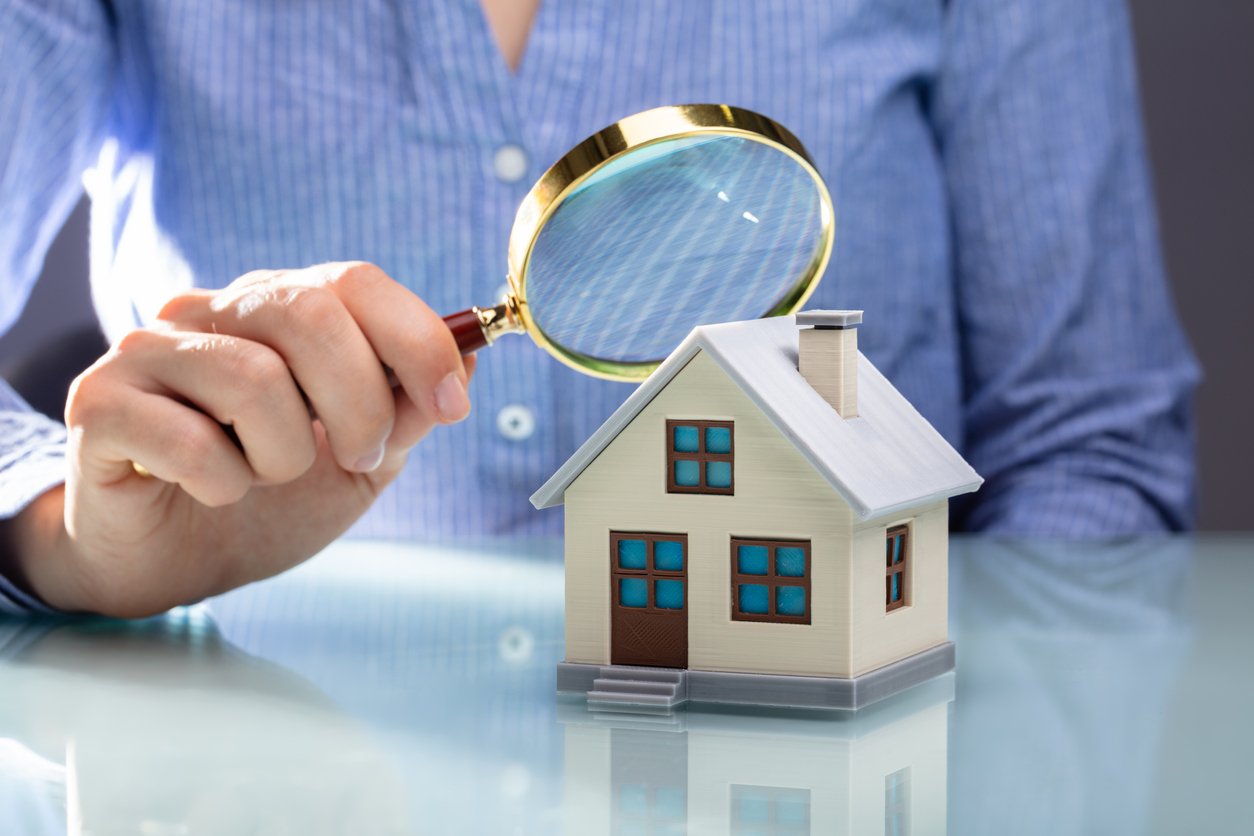
Moving into your new home is filled with excitement and a long to-do list. There's packing, hauling everything into the moving van, changing your address, creating new utility accounts, and so much more.
On the other hand, there's a lot your landlord is doing to prepare your home for you. In fact, there are several safety and comfort-related inspections that take place to ensure it's
So, what exactly does a landlord look for when moving in or moving out tenants? Before we answer this, let's first explore why landlords perform property inspections in the first place:
Why Landlords Perform a Walkthrough Inspection?
The walkthrough inspection benefits both the landlord and the tenant.
- It gives the landlord the chance to see what repairs need to take place before you move in.
- The current tenant can make repairs as necessary. This way, they can get their security deposit back.
- It avoids disputes down the line. Damage is documented during the inspection. If possible, take a picture of the damage, too. This way, the correct person is charged for the damage.
With a few exceptions, most states are not required to do a walk-through inspection. However, it is highly recommended since it protects the property investment. The landlord does not want to be financially responsible for the damage done by the tenant. The tenant does not want to be on the hook for the landlord's oversights.
7 Things Landlords Look for During an Inspection
1. Electrical sockets in working order
The landlord will go through and make sure all electrical sockets are working. If one is not working, they'll check the breaker box and GFCI outlet. They want to make sure nothing is tripped. If not, they will repair any sockets as necessary.
2. Smoke detectors and carbon monoxide detectors
All rental homes must have working carbon monoxide and smoke detectors. The landlord will check these before a new tenant moves in. Once a year the landlord will replace the battery in the smoke and carbon monoxide detectors as well. For apparent safety reasons, it's critical these items work are in proper working conditions.
3. Windows and doors
For the safety and comfort of the resident, doors and windows are checked. Windows must be free of cracks and properly sealed. Good windows prevent wasted electricity to heat and cool the home. Windows and doors must have proper locks installed to ensure the security of the tenant.
The door should have a proper deadbolt for the resident's safety. Before a new resident moves in, the locks are changed. This takes place whether the landlord received the keys from the old tenant or not.
4. Walls and ceilings
The walls and ceilings reveal a lot about the home. Landlords look for mold and cracks that need attention. If the landlord had a mold addendum signed with the previous tenant, they can charge the tenant if there's mold.
Mold addendums require the tenant to tell the landlord if there is a leak or mold growing. Cracks in the walls and ceilings can be a symptom of foundation problems or settling.
5. Bathrooms
Landlords check the toilets to ensure they flush properly. They'll look for leaks and make sure the tank fills correctly. They'll also check the tub and sink faucets for good water pressure. If it's low, then the landlord will check all necessary valves and install a water pressure booster if needed.
Cracks are repaired so mold is not encouraged to grow. Maintenance replaced corroded faucets so they don't break.
6. Kitchens
The kitchen appliances are inspected to ensure functionality. The landlord may use an infrared thermometer and test the oven temperature. You don't want the oven running too hot or cold.
The refrigerator and freezer are tested for temperature readings as well. Additionally, faucets are looked at for functionality and leaks. Cabinet doors must close correctly and not show signs of mold.
7. Bedrooms
The bedroom inspection is a little less involved. Landlords make sure the closet shelves are secure. They don't want them falling. Windows paint and carpet are inspected for wear and tear.
Moving is an exciting time. It's not all on the tenants, though. Your landlord is hard at work behind the scenes making sure your home is ready for you. A lot of work goes into maintaining a safe secure home. However, understanding what goes on from the landlord's side can only help the process. It's important for both parties to know what is expected of them before moving day.
